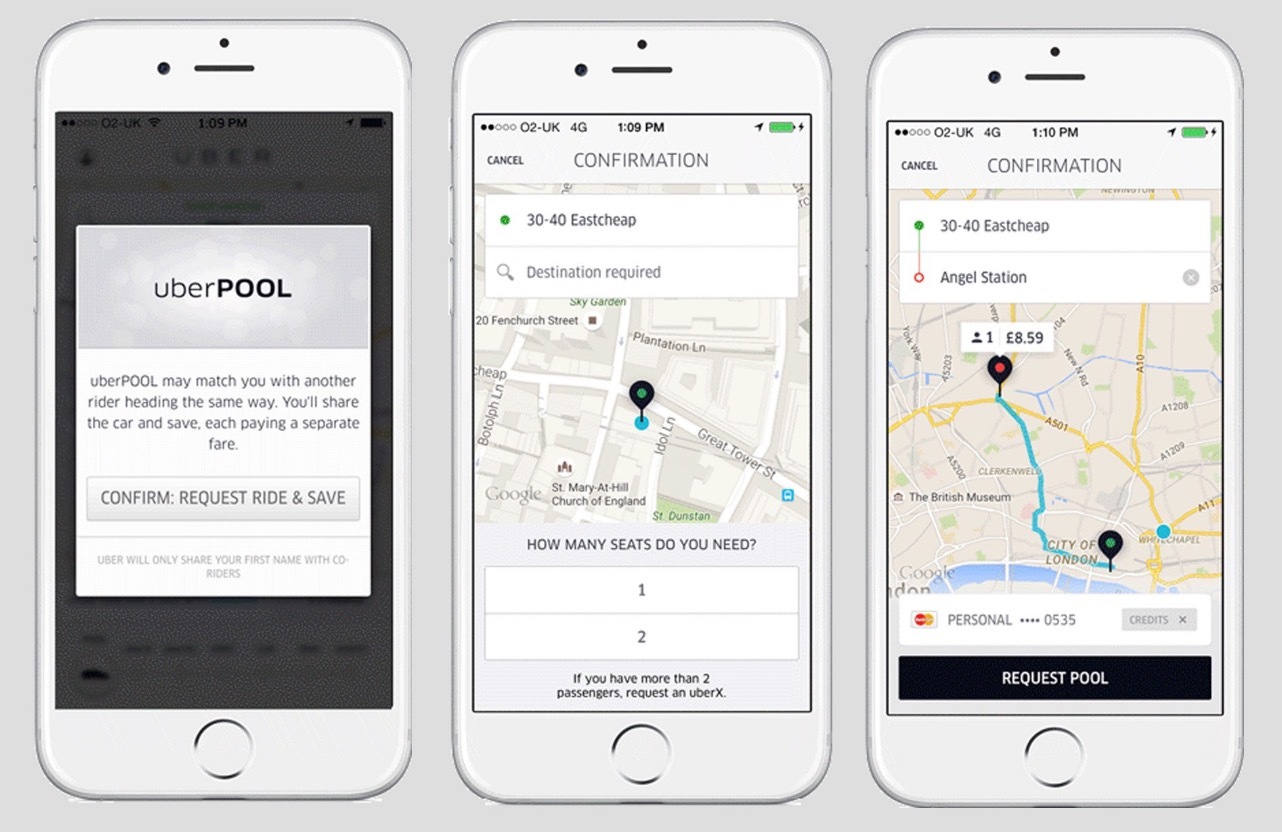UberPool accounts for 20% of all Uber trips

Initially, Uber was positioned as a solution that should make the taxi market more accessible to all, and subsequently the startup was able to set extremely low prices, which significantly increased the demand for its services. In 2014, Uber decided to launch UberPool - the price for travel was thus reduced quite strongly due to cost sharing with fellow travelers. This decision paid off - during the TechCrunch Disrupt conference in New York, the company announced that UberPool accounted for 20% of all trips in the world.
In total, over 100 million trips were made with the help of UberPool. Such growth could not go unnoticed, with the result that several other similar solutions appeared on the market at once. Among the most popular are Lyft, whose business as a whole is built around joint travel, rather than ordering a taxi, as is the case with Uber. In general, Lyft is more focused on the interaction of drivers with passengers, offering a “personalized trip”, and Uber offers more traditional services for ordering a taxi - the service tries to minimize the interaction of customers with taxi drivers.
')
Despite the fact that Uber does not provide information regarding the economic efficiency of UberPool, the startup continues to actively promote this service. It is logical to assume that even at the highest rates, this service plays an important role in publicizing Uber in some markets due to the potentially lower cost of travel.
Since its inception, Uber has been able to attract more than $ 1 billion in investments, with a total capitalization of $ 60 billion. The startup has been repeatedly criticized for harsh ways of retaining staff inside , as well as from regulators in various countries. In addition, Uber was also criticized by taxi drivers in various markets, who, faced with such competition, began to lose significantly Uber and lose most orders.
In some cases, Uber had to compromise - for example, the mayor of South America’s largest city, São Paulo, recently allowed Uber to start its activities with the condition of receiving an additional fee of $ 0.03 per kilometer from drivers.
Source: https://habr.com/ru/post/300742/
All Articles